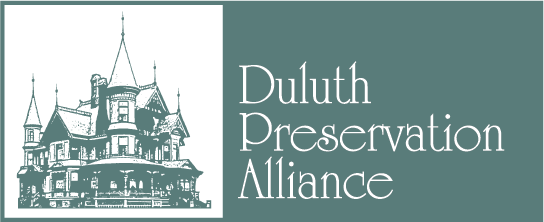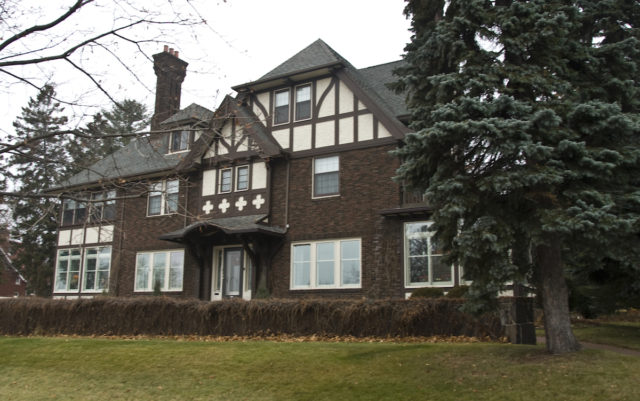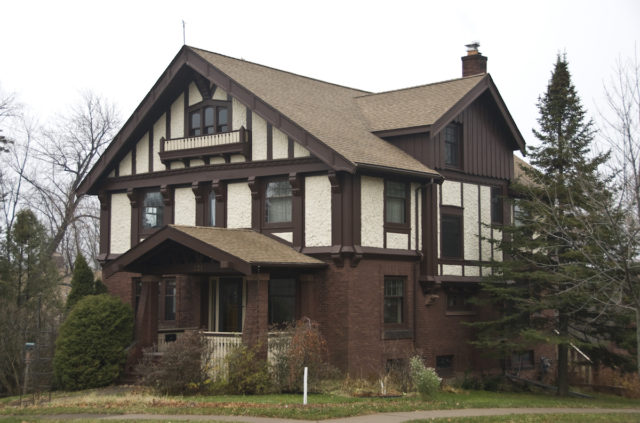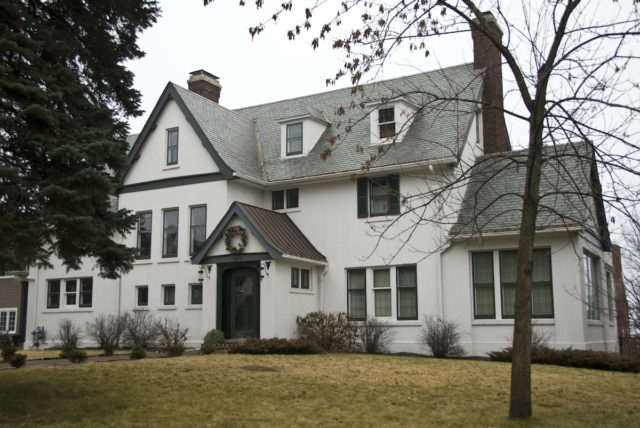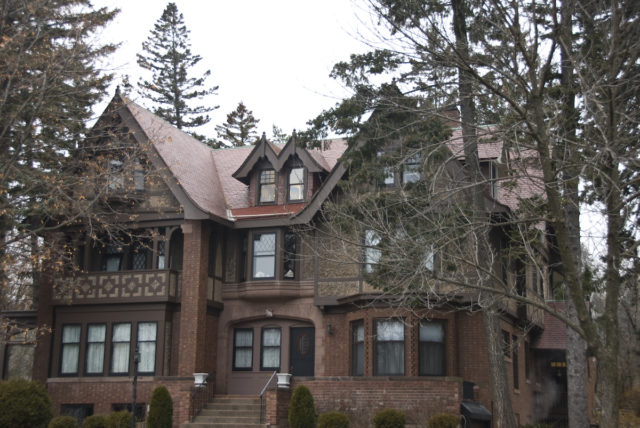Another marvelous East End design by Frederick German, the Baker’s rambling two-story Tudor Revival home features two massive “stacked” brick chimneys with corbelling, gauged brick molding and ribbing, flared tops, and three terra cotta chimney pots each. The estate includes an impressive carriage house with a shingled eyebrow dormer. Benjamin […]
Read Moretudor revival
221 N. 23rd Ave. E.
This stunning Tudor Revival house sprang from the drawing board of William Hunt. Unfortunately, not much is known about Alice Florada, except that she was the widow of mining executive Edward Florada. Paul de Kruif’s Seven Iron Men suggests Edward’s efforts should have kept her comfortable: “This is the Florada […]
Read More2602 E. 3rd St.
German & Jenssen’s design for the Starkey’s stucco-clad house is an eclectic masterpiece, with its north façade featuring Tudor Revival elements while the southern face has a more formal Colonial Revival look. Howard Starkey was president of the Consolidated Elevator Company. The company’s legacy remains on Duluth’s Rice’s Point in […]
Read More2125 E. 1st St.
Another Tudor Revival home, the Scott house features half-timbering, steep gable roofs, and finials on the gable and dormer peaks. Scott was a lumberman who operated the Scott & Holsten Company from 1880 to 1890, the same year he established the Scott-Graff Lumber Company of Duluth, which specialized in value-added […]
Read More2204 E. 1st St.
Built with a matching carriage house, the Cole home is considered a Tudor, although it contains a mix of Craftsman and Prairie Style elements. Cole came to Duluth with his first wife from Tower, Minnesota, where he worked for the Minnesota Iron Company. In Duluth, he engaged in diamond drill […]
Read More